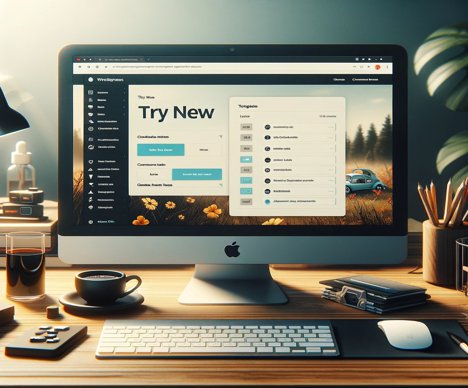Testing WordPress Plugins or Features with Try New
Theoretical Framework
Developing and managing WordPress websites often requires experimenting with new plugins or features before implementing them on a production site. The Try New platform emerges as an innovative solution, allowing users to test plugins, themes, and other WordPress functionalities without the need for a full installation or affecting an existing website.
Detailed Explanation
Developing and managing WordPress websites often requires experimenting with new plugins or features before implementing them on a production site. The Try New platform emerges as an innovative solution, allowing users to test plugins, themes, and other WordPress functionalities without the need for a full installation or affecting an existing website.
Step by Step
1 – Access Try New: Navigate to https://try.new/ in your browser.
2 – Select WordPress Environment: Choose the option to create a new WordPress environment. Typically, the platform offers a choice of basic configurations, including specific versions of WordPress, plugins, and themes.
3 – Configure the Test Environment:
After selecting the desired configuration, the platform will automatically create a test environment.
This environment is fully functional and isolated, allowing for the installation of additional plugins, activation of themes, and customizations.
4 – Test Plugins or Features:
In the temporary WordPress admin panel, navigate to Plugins > Add New to install new plugins.
Experiment with the features, adjust settings, and test compatibilities as needed.
5 – Evaluate Results: Use the environment to thoroughly explore the plugin or feature being tested. Assess performance, usability, and impact on the site’s overall design or functionality.
Technical Tips
1 – Environment Lifespan: Keep in mind that environments created on Try New are temporary and have a limited lifespan. Make sure to complete your tests within this period.
2 – Documentation and Support: For specific plugins, consult the official documentation or support forums to better understand the features and possible compatibility issues.
3 – Feedback and Bug Reporting: Use the experience to collect detailed feedback and, if necessary, report bugs to the developers of the tested plugins or themes.
Your restless mind can inspire an article. We encourage you to share your ideas with us here. Bold programming? Make it happen here.



